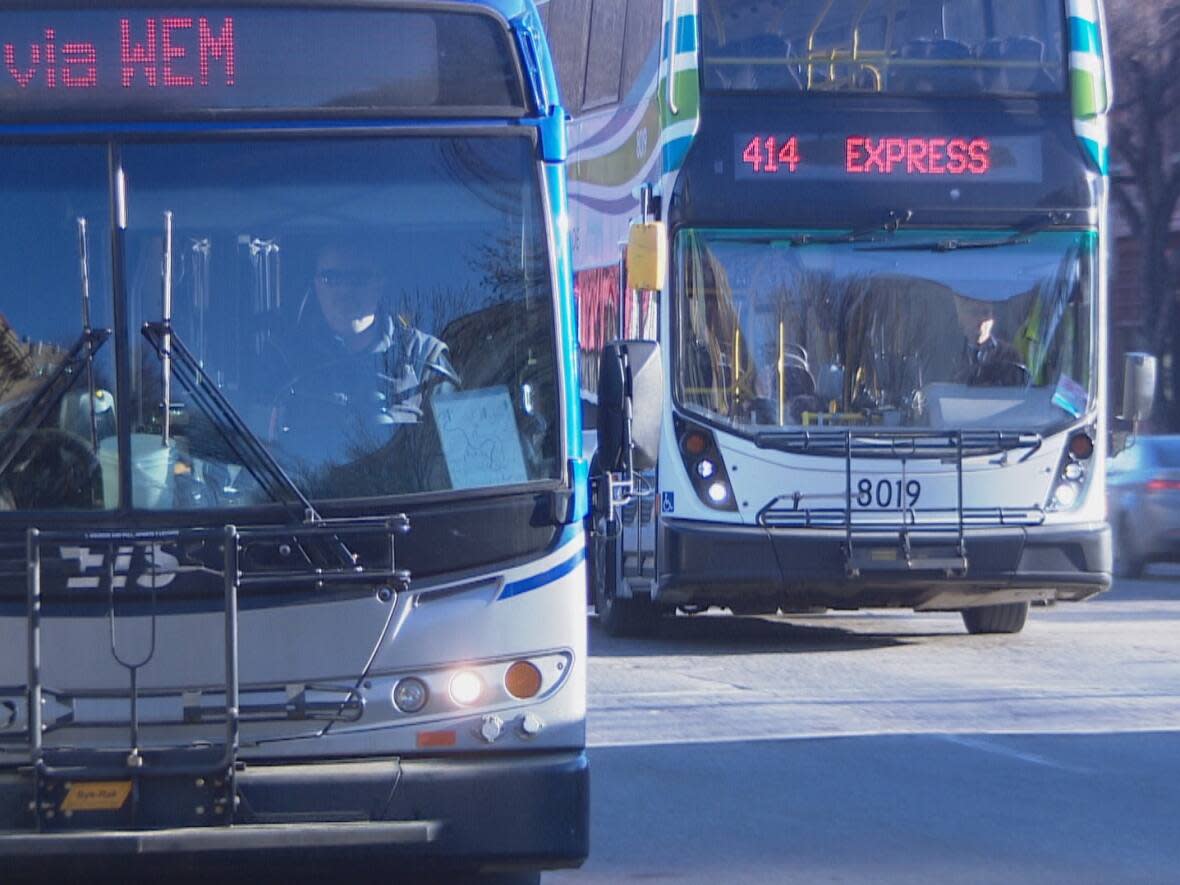Edmonton working to address bus network redesign concerns

A new report from the City of Edmonton administration promises improvements to the city's revamped transit network.
The interim review of the bus network redesign was presented to the executive committee on Wednesday. It gave new councillors their first chance to prod administration on the redesign, which was approved by the previous council in 2019 and implemented spring last year.
Questions were asked around distances to stops, safety concerns and access in some neighbourhoods.
Coun. Keren Tang said some seniors in her Ward Karhiio are worried about the walking distance to their nearest stop.
"And what's going to happen since this is the first winter we're experiencing BNR."
Mayor Amarjeet Sohi said the design — which stipulates a maximum five- to seven-minute walk to the nearest stop — works well for able-bodied individuals but has presented challenges to people with disabilities.
New neighbourhoods that are more affordable to new families and newcomers have also been left out, he said.
"That equity lens that we needed to provide as we were redesigning the system, I think somehow was not strong enough," he said.
Since the network launch in April, ETS has collected more than 1,800 comments. Positive feedback cited in the review includes more weekend service and availability of on-demand buses.
Negative feedback includes concerns around distance to bus stops, with 37 per cent of respondents saying their closest stop was too far.
Administration said it is monitoring performance and seeking feedback to make improvements.
Its process to make changes happen five times a year. The review listed 18 tweaks made since the launch.
An equity analysis for transit services is set to be completed in the first half of this year.
Ridership rising
The report indicates ridership has been gradually increasing and is actually now at its highest level since March 2020 — but still well below pre-pandemic levels. In December, the ridership week-to-week was nearly half the same month in 2019.
The report notes ridership recovery from COVID-19 in Edmonton is performing better than other transit services in similar-sized Canadian cities.

On-demand transit has seen a precipitous rise in service since being introduced, managing nearly 6,000 weekly rides in the last two weeks of late November.
Sohi said during a media availability before council discussion that he is concerned about the system's future given current ridership levels.
"My worry is that if we are unable to get federal and provincial support come 2023 or even 2022, we would have to scale back our transit service," he said.
Future service
In the first quarter of this year, no less than five reports will be presented to council on the future of transit in Edmonton, including a mobility network assessment, a bike plan implementation guide, and an ETS fleet storage and maintenance facility project.
Administration said Wednesday that storage is a major limiting factor for any future transit expansions.
An evaluation of on-demand service is also expected this fall, addressing a previous council request to look at the potential to transition from a contracted service to a public service delivery model.

 Yahoo Movies
Yahoo Movies 
